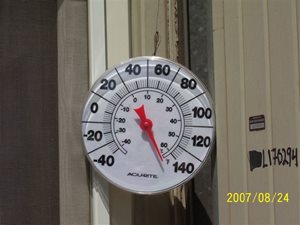The subject of window tint in heavy duty commercial trucks has brought forth much discussion on the Team Run Smart website. I wrote a blog that garnered many comments and it can be found here. A few months later, Jim Klepper, a nationally recognized transportation attorney wrote an informative blog that cleared up some of the confusion I may have created and it can be found here.
The International Window Film Association (IWFA)has filed an application for exemption with the Federal Motor Carrier Safety Administration to allow door windows (not windshields) to be tinted beyond current federal regulations. The IWFA claims that this change in regulation will increase driver comfort and reduce eye strain. Personally, I welcome their efforts and hope they are successful in changing the regulation in order to allow the stronger window tint. We spend far more time behind the wheel than most car drivers and we should be able to protect ourselves in a better way than applying sunscreen to our faces and left arms like I've done for many years.
(not windshields) to be tinted beyond current federal regulations. The IWFA claims that this change in regulation will increase driver comfort and reduce eye strain. Personally, I welcome their efforts and hope they are successful in changing the regulation in order to allow the stronger window tint. We spend far more time behind the wheel than most car drivers and we should be able to protect ourselves in a better way than applying sunscreen to our faces and left arms like I've done for many years.
FMCSA is currently accepting comments until February 24, 2014 on this matter by following this link. Once you land on the page, enter "window tint" in the search criteria and hit enter. That will take you to the comment section. I shared my opinion with them and I hope you do as well. I told them of my sun spots on the left side of my face due to years of driving and how I use sunscreen while driving. I hope they will consider a modification to the regulation in order for us to be a little more comfortable on the job.